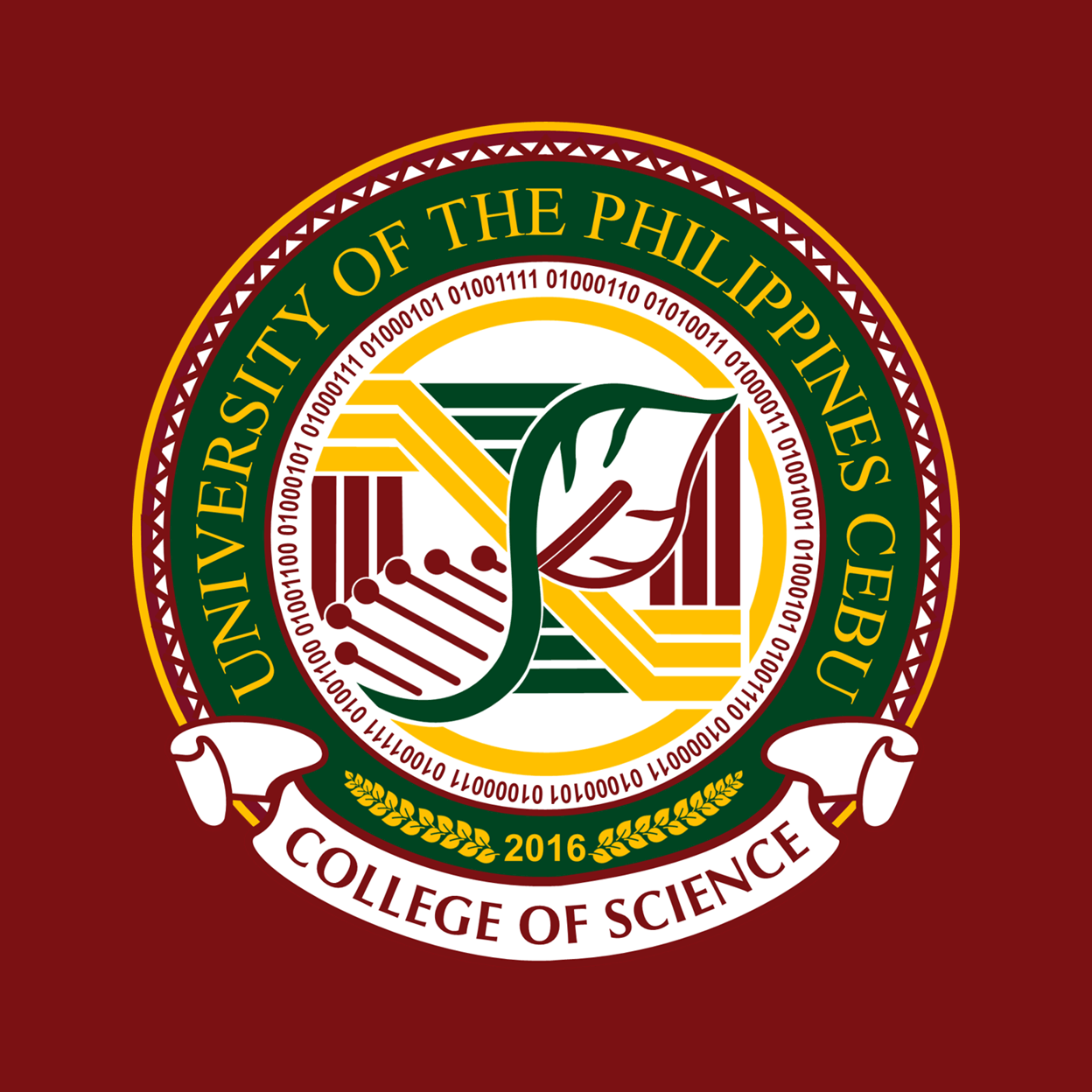In this paper, we report on the chemistry of the rare South African Actinomycete Kribbella speibonae strain SK5, a prolific producer of hydroxamate siderophores and their congeners. Two new analogues, dehydroxylated desferrioxamines, speibonoxamine 1 and desoxy-desferrioxamine D1 2, have been isolated, together with four known hydroxamates, desferrioxamine D1 3, desferrioxamine B 4, desoxy-nocardamine 5 and nocardamine 6, and a diketopiperazine (DKP) 7. The structures of 1–7 were characterized by the analysis of HRESIMS and 1D and 2D NMR data, as well as by comparison with the relevant literature. Three new dehydroxy desferrioxamine derivatives 8–10 were tentatively identified in the molecular network of K. speibonae strain SK5 extracts, and structures were proposed based on their MS/MS fragmentation patterns. A plausible spb biosynthetic pathway was proposed. To the best of our knowledge, this is the first report of the isolation of desferrioxamines from the actinobacterial genus Kribbella
Recent Posts
- UP CEBU COMPUTER SCIENCE STUDENTS WINS ‘Best Product’ at AppCon 2023
- APPLICATION FOR MASTER OF SCIENCE IN MATHEMATICS (MS MATH) IS NOW OPEN
- turnover ceremony of dr. alvin g. roxas as the new dean of the college of science
- up cebu to offer master of science in mathematics
- DR. Alvin g. roxas appointed as the new college of science dean

Recent Comments